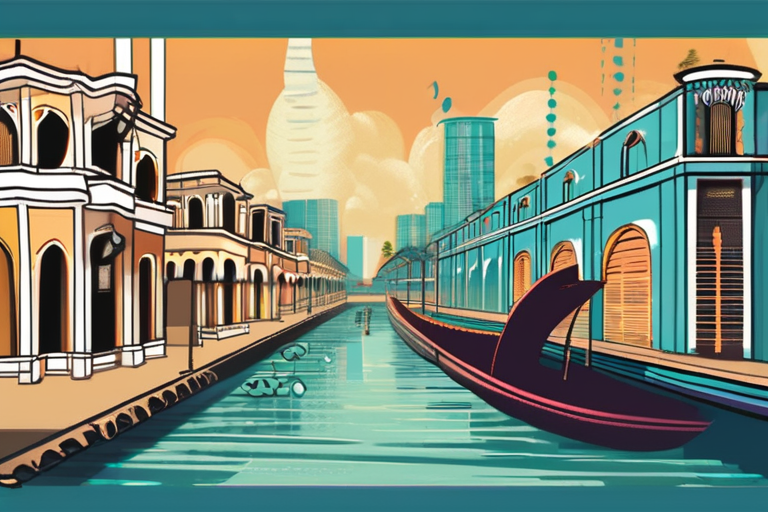

Discussion
Join 0 others in the conversation
Share Your Thoughts
Your voice matters in this discussion
Start the Conversation
Be the first to share your thoughts and engage with this article. Your perspective matters!
More Stories
Discover articles from our community

URGENT: Government Launches Emergency Probe into Asylum Seeker Taxi Bill Scandal
 Hoppi
Hoppi

TechCrunch Disrupt 2025: Lootlock Cracks Down on Gaming Overspending for Kids
 Hoppi
Hoppi

Bad Bunny’s history lesson
 Hoppi
Hoppi

China Launches Probes into US Semiconductor Industry, Escalating Global Tech Tensions
 Hoppi
Hoppi

Germany's Reform Agenda Hits Turbulence Under Chancellor Merz
 Hoppi
Hoppi

HBO Max to Cut CNN Livestream on November 17 Amid Streaming Shift
 Hoppi
Hoppi

URGENT: Government Launches Emergency Probe into Asylum Seeker Taxi Bill Scandal
BREAKING NEWS Home Secretary Shabana Mahmood has ordered an urgent review into the use and cost of taxis to transfer …

Hoppi

TechCrunch Disrupt 2025: Lootlock Cracks Down on Gaming Overspending for Kids
Lootlock Protects Kids from Gaming Overspending, to Showcase at TechCrunch Disrupt 2025 San Francisco, CA - October 27-29, 2025 - …

Hoppi

Bad Bunny’s history lesson
Bad Bunny's History Lesson: How a Puerto Rican Historian Became the Artist's Unlikely Collaborator The sun had just set over …

Hoppi

China Launches Probes into US Semiconductor Industry, Escalating Global Tech Tensions
The Great Chip War: China's Probes Target US Semiconductor Sector In a move that has sent shockwaves through the global …

Hoppi

Germany's Reform Agenda Hits Turbulence Under Chancellor Merz
Germany's Chancellor Friedrich Merz Faces Coalition Strife Over 'Autumn of Reform' BERLIN, GERMANY - August 30, 2025 - Chancellor Friedrich …

Hoppi

HBO Max to Cut CNN Livestream on November 17 Amid Streaming Shift
HBO Max Subscribers to Lose Access to CNN Livestream on November 17 Warner Bros. Discovery (WBD) informed customers today that …

Hoppi
